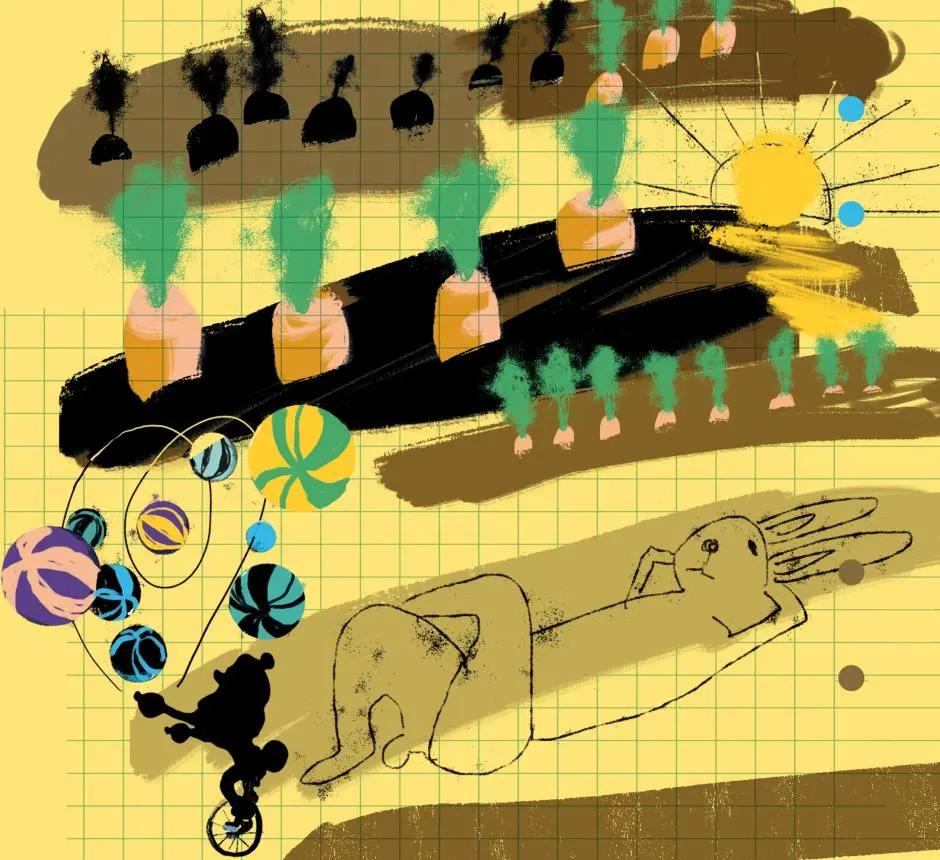Copyright protects your work
Copyright is a prerequisite for you to be able to make a living and have an overview of the distribution of your artistic works.
Helena Shutrick

General information on copyright
Information on copyright from various government agencies and organisations.
General information on copyright
Information on copyright from various government agencies and organisations.
- Protecting music, film and literature – Swedish Intellectual Property Office (Öppnas i ett nytt fönster)
- Protecting images and designs – Verksamt (Öppnas i ett nytt fönster)
- Act (1960:729) on Copyright in Literary and Artistic Works – Swedish Parliament (Öppnas i ett nytt fönster)
KLYS
KLYS stands for the Joint Committee for Artistic and Literary Professionals. All affiliated organisations are independent and KLYS’ activities are based on the unity among them.
KLYS – A COLLECTIVE VOICE FOR SWEDEN’S PROFESSIONAL CULTURAL CREATORS (Öppnas i ett nytt fönster)Copyright organisations
Find the right advocacy organisation for your creative field.
- STIM – for strong copyright protection and pay for songwriters and composers (Öppnas i ett nytt fönster)
- Bildupphovsrätt – copyright organisation for image creators across the world (Öppnas i ett nytt fönster)

